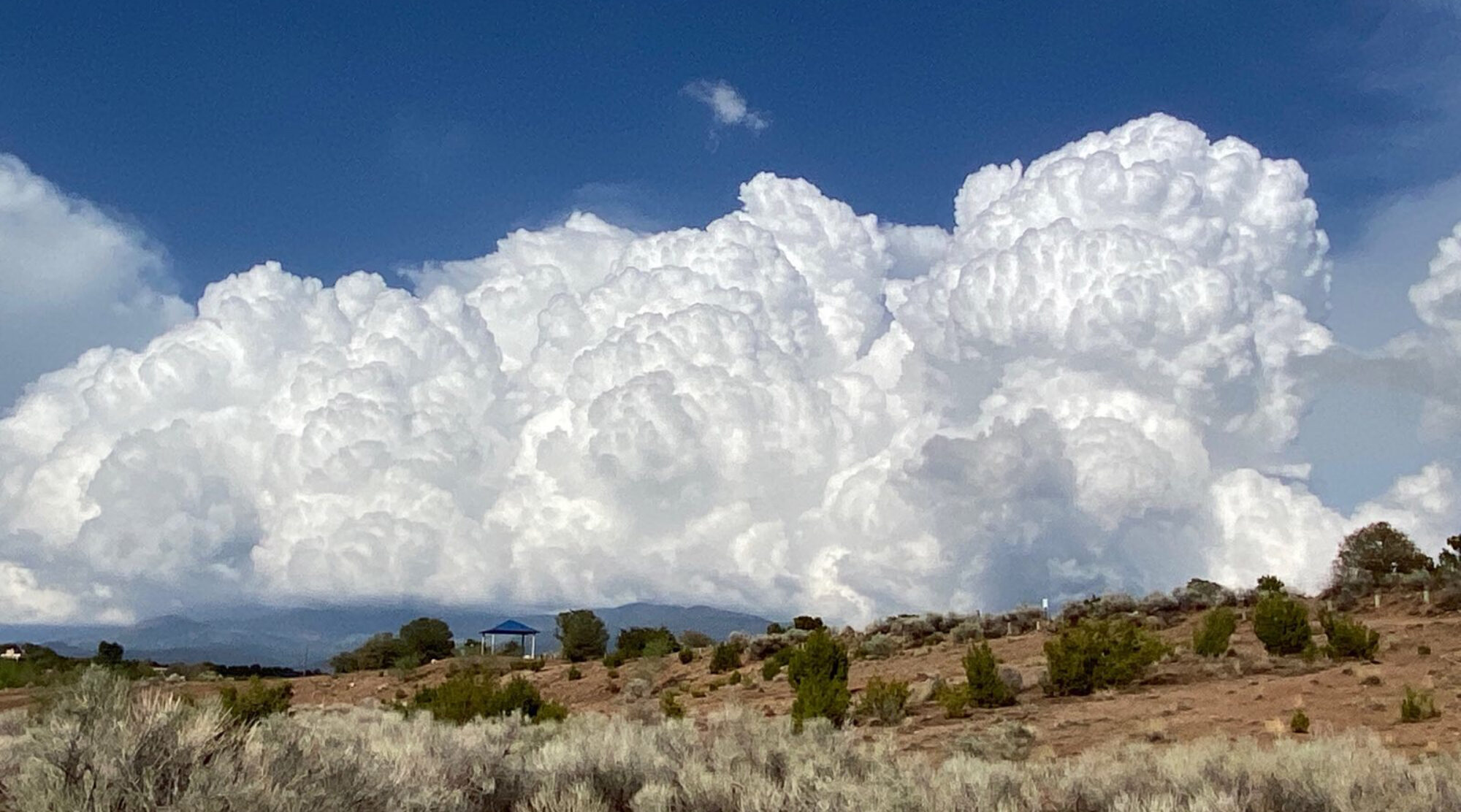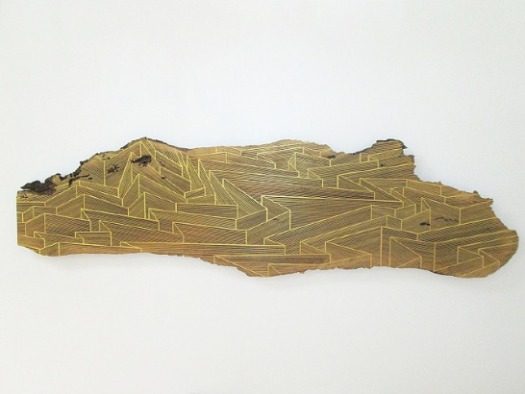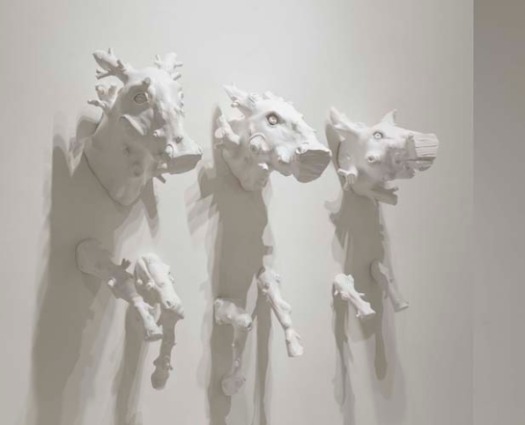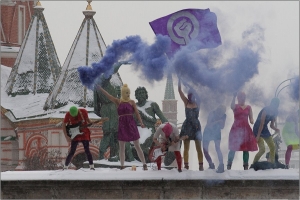AXLE INDOORS opens this Friday, 5-7 pm.
Axle Indoors
at Peters Projects
over 140 artists
from the past five years of Axle’s exhibitions
February 13 – March 21
Opening Reception: Friday, Feb. 13th, 5-7 pm
1011 Paseo de Peralta, Santa Fe, NM, map
www.axleart.com www.petersprojects.com
Craig Anderson, Philip Augustin, Jamison Chas. Banks, Nova Cynthia Barker, Brad Bealmear, Ernest Bell, Jeff Benham, Bobbe Besold, Michael Bisbee, Jonathan Blaustein, Gay Block, Burning Books, Susanna Carlisle and Bruce Hamilton, Charlie Carrillo, Susan Case, Paula Castillo, Matthew Chase-Daniel, Dana Chodzko, Chris Collins, Sydney Cooper, Glenn Craley, Guy Cross, Lisa de St. Croix, Luke Dorman, Nina Elder, Alexandra Eldridge, Betsy Emil, Jay Etkin, Lisa Freeman, Robert Gaylor, Abraham Gelbart, Christy Georg, Shaun Gilmore, Kirk Gittings, Victoria Goldman, Michelle Goodman, Sondra Goodwin, Meggan Gould, Charles Greeley, Danny Green, Jamie Hamilton, Fran Hardy, James Hart, Karina Noel Hean, Christy Hengst, Helmut Hillenkamp, Elodie Holmes, Cheri Ibes, Bart Johnson, Jennifer Joseph, Peter Joseph, Kathamann, Don Kennell, Shirley Klinghoffer, Ai Krasner, Leigh Anne Langwell, Eve Andree Laramee, Katherine Lee, Willis Lee, Joanne Lefrak, David Leigh, Patti Levey, Tamara Lichtenstein, Emilee Lord, Richard Lowenberg, Cannupa Hanska Luger, Ana MacArthur, Jacqueline Mallegni, Dara Mark, Nina Mastrangelo, Thelma Mathias, Dominique Mazeaud, Kathleen McCloud, Diane McGregor, Nick Merrick, Lia Moldovan, Duane Monczewski, Eliza Naranjo Morse, Jonathan Morse, Michael Motley, August Muth, Patrick Nagatani, David Nakabayashi, Stacey Neff, Timothy Nero, Eugene Newmann, Lara Nickel, Mayumi Nishida, Nancy Ziegler Nodelman, Gabriel Luis Perez, Larry Bob Phillips, Prakash, Gail Rieke, Zachariah Rieke, Carolyn Riman, Janet Stein Romero, Meridel Rubenstein, David Rudolph, Donna Ruff, Janet Russek, Kate Russell, Tara Raye Russo, Key Sanders, Celia Luz Santos, Mark Saxe, Suzanne Sbarge, David Schienbaum, Michael Schippling, Sam Scott, Danielle Shelley, Conrad Skinner, David Sloan, Steve Smith, Gerry Snyder, Brandon Soder, Catie Soldan, Mark Spencer, Steina, Dianne Stromberg, Signe Stuart, Nancy Sutor, Linda Swanson, Carrie Tafoya, Myriam Tapp, Gina Telcocci, Victor Teng, Bunny Tobias, Edie Tsong, Lisa Olive Tyrrell, Woody Vasulka, Peter Voshefski, DeeAnne Wagner, Janice Wall, Erika Wanenmacher, Marion Wasserman, Jerry Wellman, Raina Wellman, Kappy Wells, Jerry West, Melanie West, Betsy Williams, Robin D. Williams, Will Wilson, Cedra Wood, Francesca Yorke, Greta Young, Joan Zalenski
and coming in March
Axle Indoors
Poetry & Performance Art
at Peters Projects
1011 Paseo de Peralta
Saturday, March 14, 1-4pm
Poets
Chuck Calabreze, Lauren Camp, Deborah Casillas, Joanne Dominique Dwyer, Jamie Figueroa, Teresa Gallion, Christopher J. Johnson, John Knoll, Jane Lin, Jane Lipman, Joan Logghe, Valerie Martinez, Stella Reed, Barbara Robidoux, Rick Smith, Marguerite Wilson
Performance Artists
Madelin Coit, Ross Hamlin, Mara Leader and Jason Goodyear, Molly Sturges









